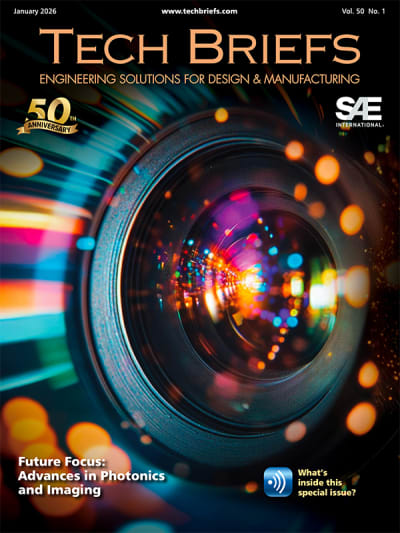Increasing Aerospace Propulsion Systems’ Resilience
Watch this video to learn more about the Advanced Propulsion and Power Lab, at which multiple research projects funded by the Navy, Rolls-Royce, and Pratt & Whitney are converging. They’re addressing the ways sand and dusts can damage turbine engines. Ultimately, the goal is to increase the resilience and sustainability of aerospace propulsion systems.
Transcript
00:00:03 We're trying to address this issue that's pretty global, in terms of gas turbine engines that are ingesting particles. These particles come into an engine and then they stick inside the engine. It is an engineering project, but it's a really interesting intersection between science and engineering.
00:00:24 So jet engines suck in particles from the air. And some of those particles, many of those particles, are minerals, exactly the same minerals that a geoscientist would study every day. And the point of our work on this is that all of the different minerals in the earth and in earth's atmosphere, have got different properties.
00:00:42 They've got different strengths, different hardnesses, they melt at different temperatures. And so they will intersect and interact with an engine differently. And so our work here is looking at what are those minerals, how are they changing within the engine? How are they interacting with the engine? And then with our engineering colleagues,
00:00:59 what damage will they do to the engine? And so we can bring geoscience knowledge into this very engineering type of project. So what we're really trying to do is use that idea of dumping sand into an engine, but doing it in a highly controlled fashion. So we meter the sand down to the sub-gram level. We then have
00:01:20 the most advanced instrumentation of anyone in the world on this particular problem, of looking at the details of how that sand is evolving throughout the engine. So now that we have all of that, we can predict how safe the engine is going to be after you've gone through some sort of environment.
00:01:37 So it's really about increasing the resilience and sustainability of aerospace propulsion that pretty much spans every place that we operate jet engines. For our senior design project we're working with Dr. Ng and his team on the turbo shaft engine. Our team is tasked with helping with the sand delivery and engine control.
00:02:00 Interdisciplinary projects are very important because you can't ever just stay in your field truly. When you're not an expert in something, it's always really nice to have around people who are experts in things. That just brings a lot of different expertise together and you can bring about the best possible result
00:02:15 from having all of that knowledge. The genesis of this really was in discussions with the U.S. Navy. So that partnership developed a lot more with the donation of a test stand from Rolls-Royce. Then through other partnerships with the Center of Excellence that we have with Pratt & Whitney it here at Virginia Tech, there became a mutual
00:02:43 interest of the two companies. We've never seen anything like this, where we get these customers converging to try to solve this problem together. So folks who would be competitors otherwise have come in and said, 'safety is our biggest priority. We want to address this and we believe
00:02:58 Virginia Tech is the right place to do it.'

